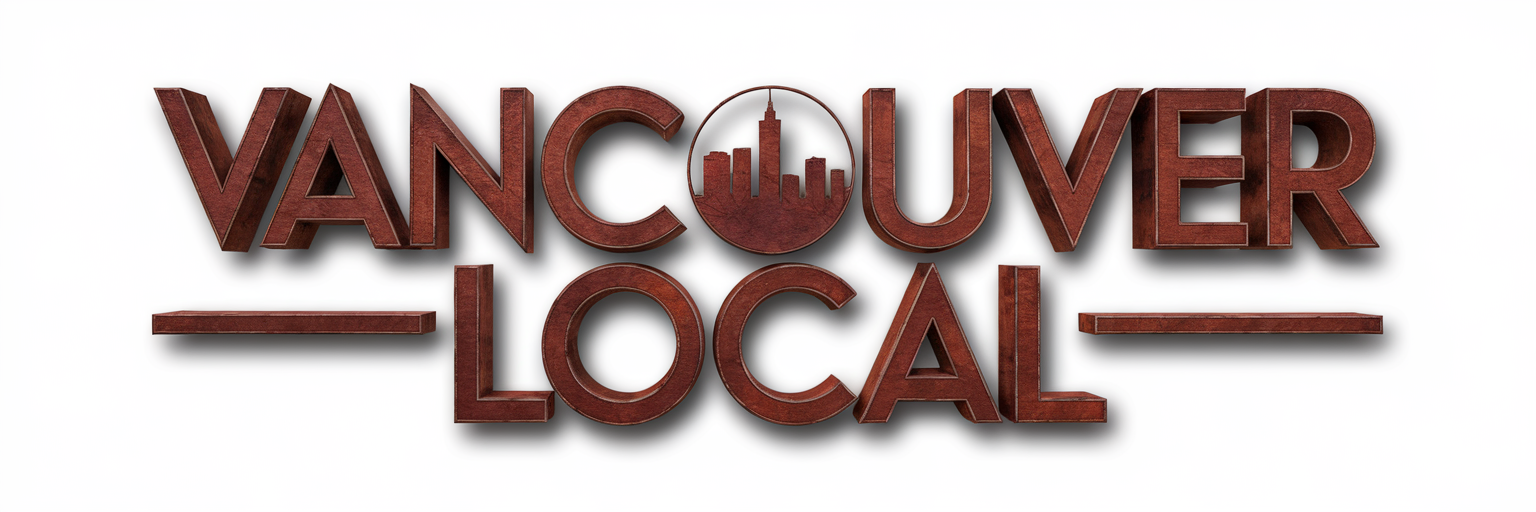
Buying Engineered Wood Flooring
Unlike solid hardwood flooring that’s made of a single piece of wood, engineered wood flooring is plywood or a composite with a hardwood surface. This surface layer is called the veneer, and gives the appearance of solid hardwood flooring.
Engineered wood flooring is typically cheaper than solid hardwood, and can be sanded down and refinished if the veneer is thick enough. Engineered wood flooring is also much easier to install. Unlike solid hardwood, which must be nailed to a subfloor, it typically uses interlocking planks that are much more DIY-friendly.
We consulted with an expert in the field, Nick Yahoodain, CEO of Advanced Builders and Contractors, to further explain what engineered wood flooring is and what to take into account when purchasing.
- Material: Underneath the veneer is the core of the board, most commonly plywood — multiple layers of wood glued together. Some engineered wood flooring products have cores of medium-density fiberboard (MDF) or high-density fiberboard (HDF). Both are made of hardwood sawdust combined with resin to provide a strong, stable foundation. Although all these options are effective, the dense construction of MDF and HDF make them more water-resistant than plywood. Stone plastic composite (SPC) is the most water-resistant of all engineered wood flooring cores, although it’s much heavier, and its thin veneer can’t be sanded.
- Width: Flooring plank width affects the overall appearance of the room. Wider planks generally provide a classic, rustic feel, and narrower planks a more contemporary look. Yahoodain says engineered wood is available up to seven inches wide, whereas hardwood is usually only up to six inches wide. “Anything past five inches wide has an increased risk of moisture issues,” he says. For many manufacturers, the maximum width for natural hardwood is four inches.
- Thickness: Yahoodian says the thickness of engineered wood flooring indicates how easy it will be to repair or refinish. Thinner boards are more prone to damage than thicker boards because dents and gouges are more likely to go through the veneer and into the core below, which can’t be refinished. Tip: Keep an extra box of your engineered wood safely stored in case you need it for repairs.
- Cost: Engineered wood flooring can cost as little as $2.50 and as high as $10 per square foot. (Natural hardwood can range from $4 to $12 per square foot.) If you hire a pro to install it, installation runs from $3 to $10 per square foot.
- Installation: Engineered wood flooring is almost always easier to install than traditional hardwood flooring, but some methods can be better suited to DIYers than others. “Floating” options are the least labor-intensive; you simply click the pieces together, no fastening required. Others may need to be glued or stapled to the flooring below. If you DIY, carefully review the installation requirements of your flooring option to ensure you’re up to the task.
- Moisture resistance: Yahoodain says if you live in a humid climate, you’ll have fewer warping problems with engineered wood than with hardwood flooring. Just be cautious of spills or any kind of moisture, including cleaning products. Engineered wood flooring performs better than traditional hardwood with a concrete subfloor. Moisture that rises from concrete is more likely to warp traditional hardwood.
https://cats-cleaning-service-in-kentucky.business.site/?m=true
Cat's Cleaning Service 2400 Stannye Court Louisville, KY 40222 Call Us Today @ 270-823-3148 We clean a residence from the top to bottom, utilizing crevice tools and others to get in the nooks and crannies to get it Cat Clean!!!! #CleaningService #Cat'sCleaning #LouisvilleKY
https://sites.google.com/fuseologycreative.com/fuseology-creative-clients/home

_7.png)





